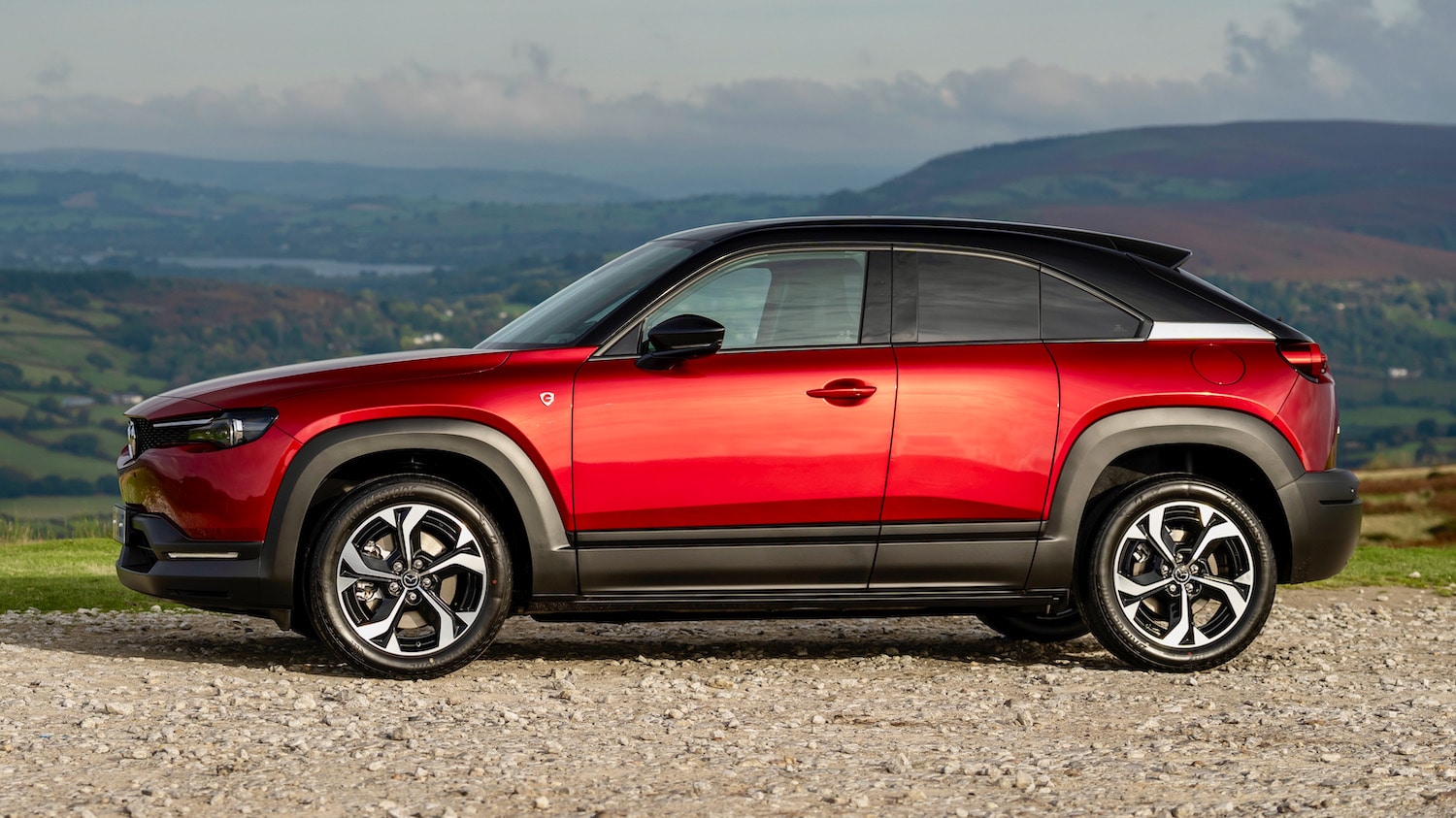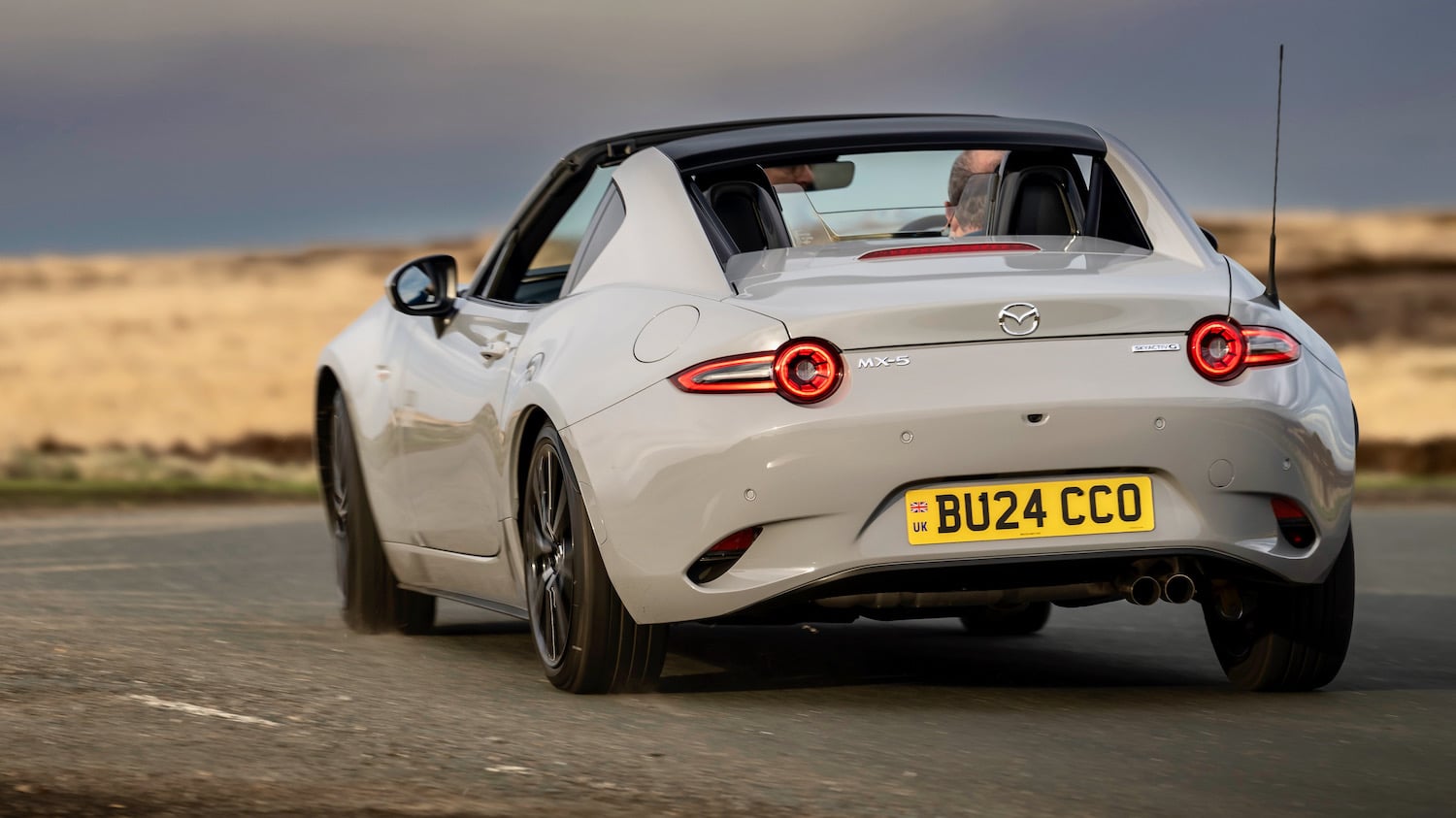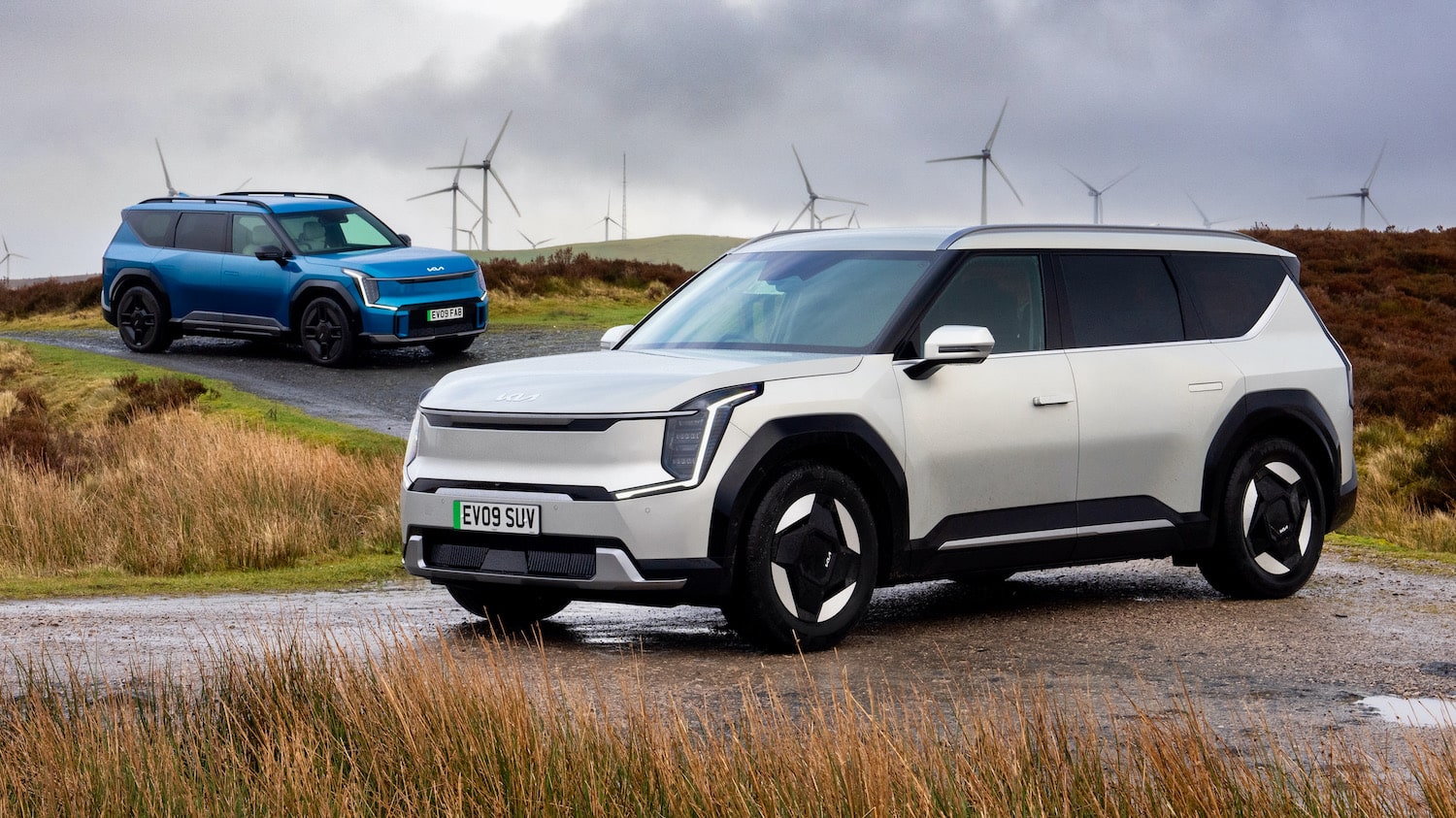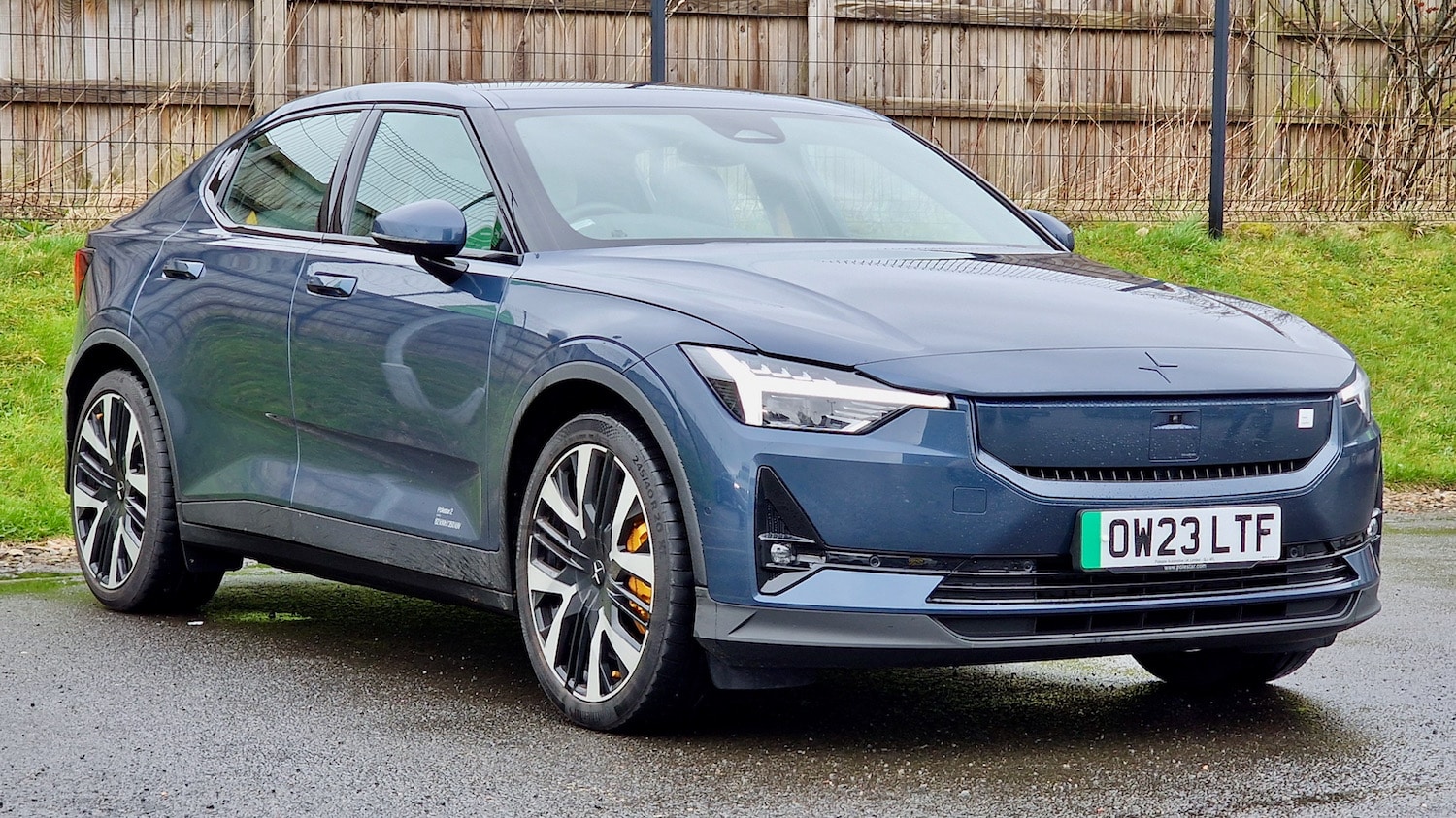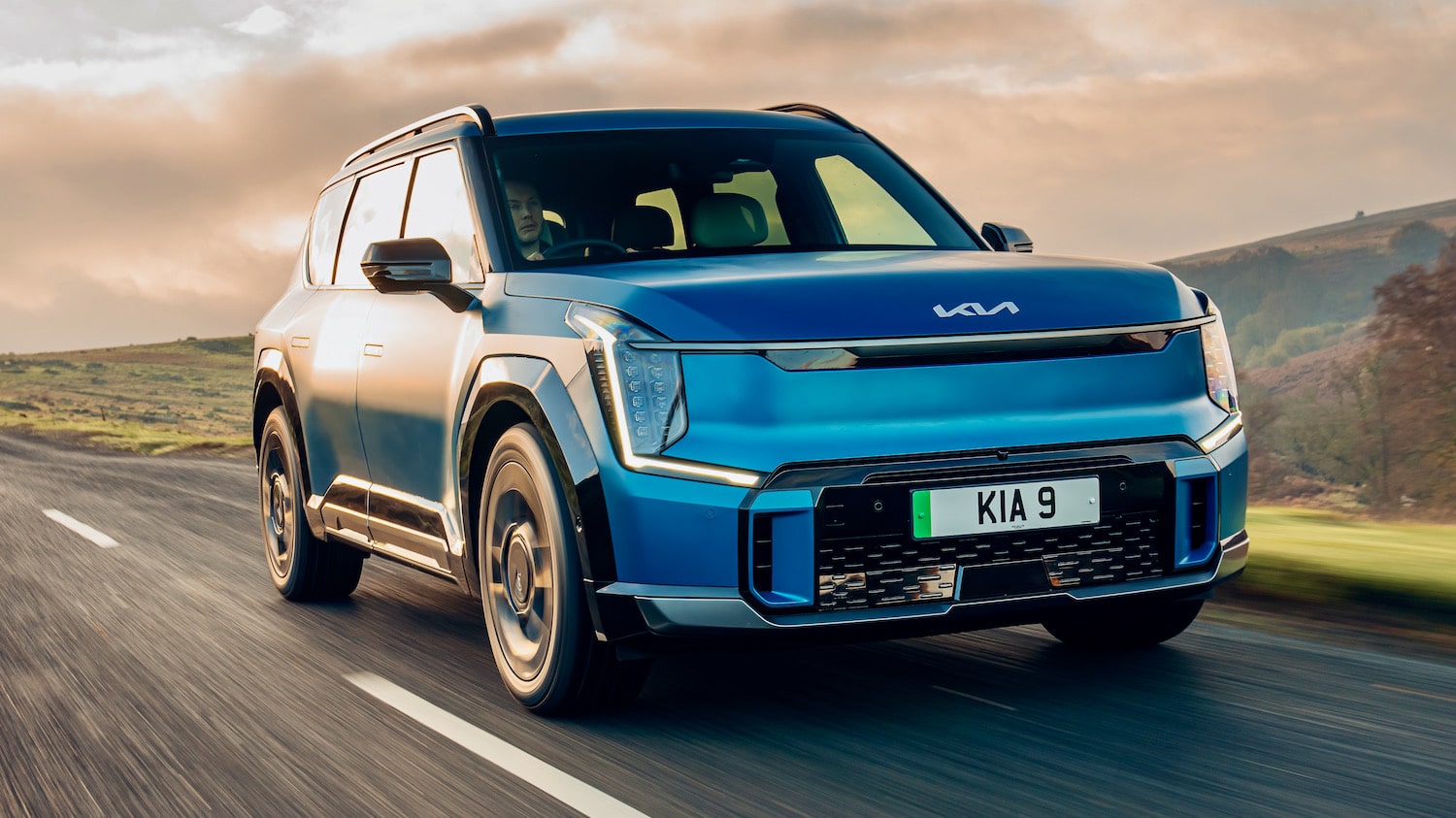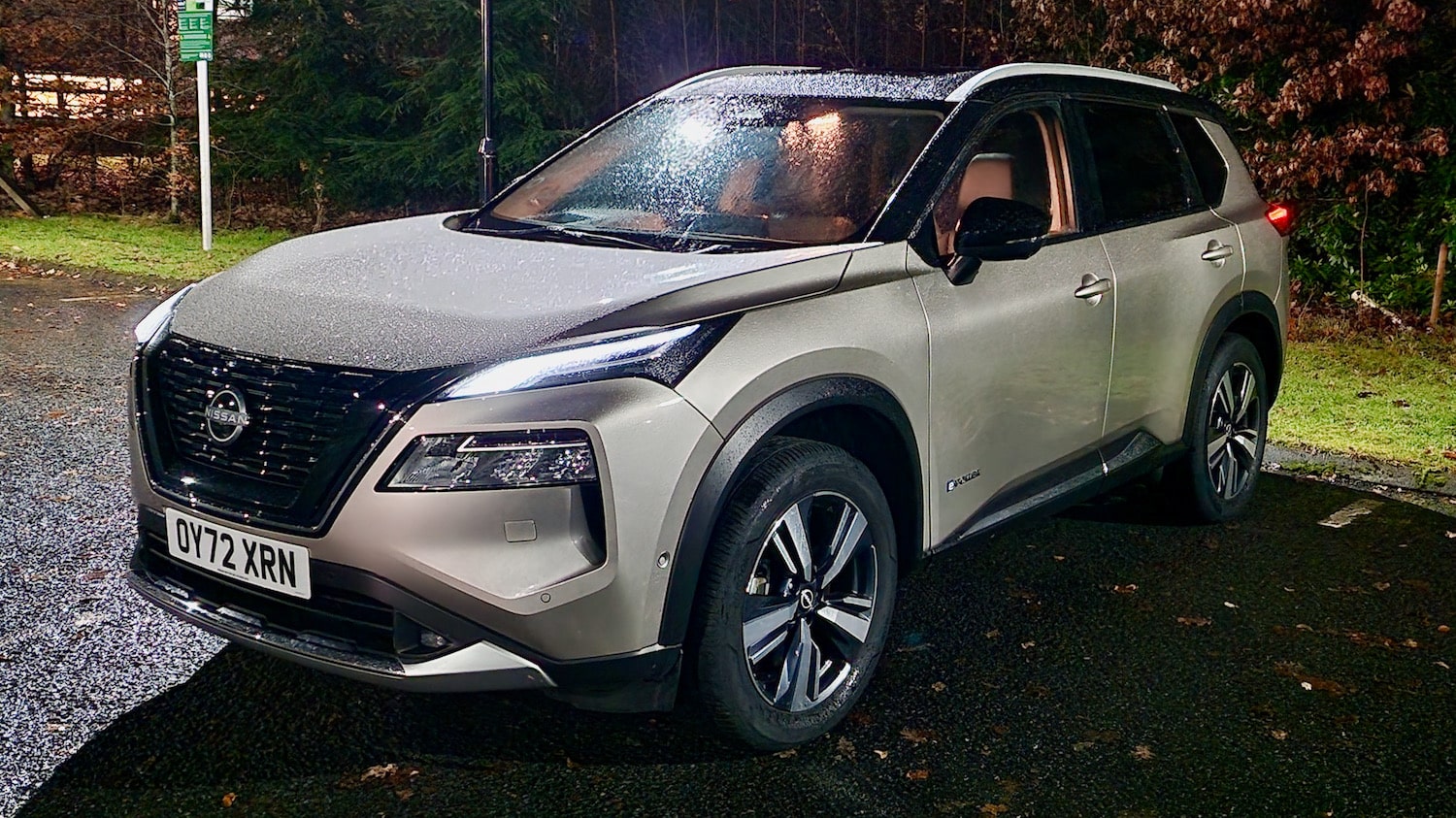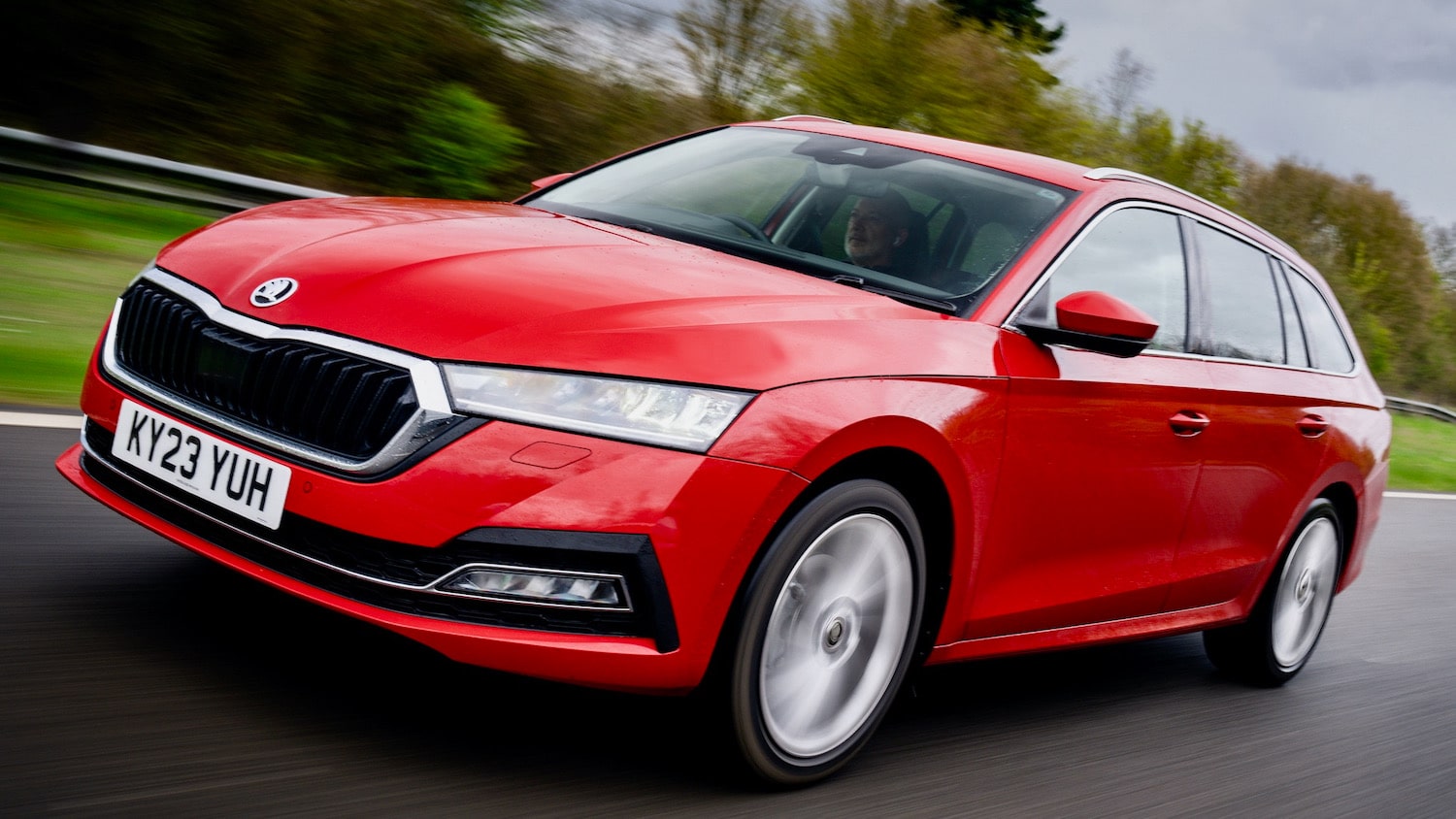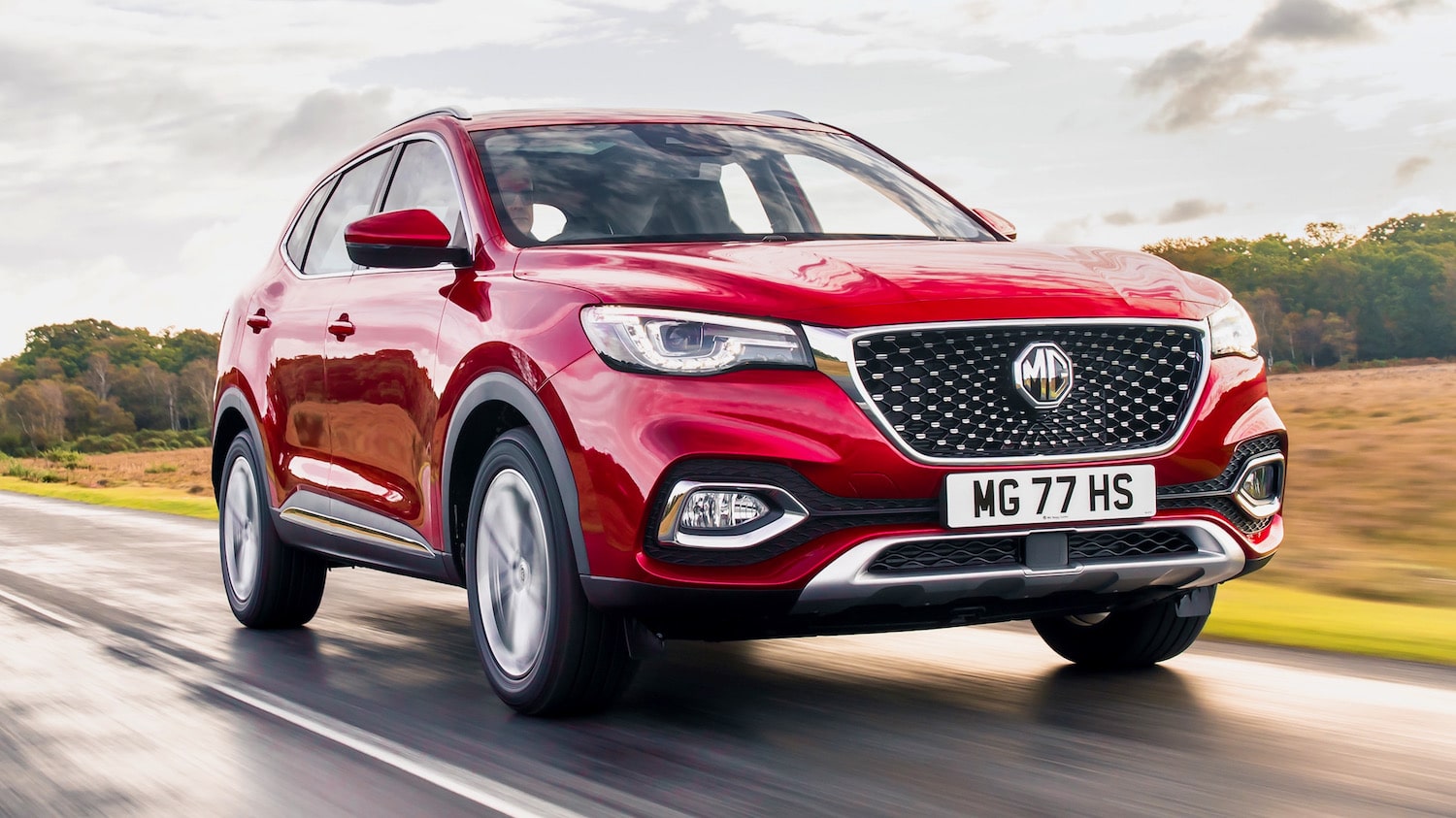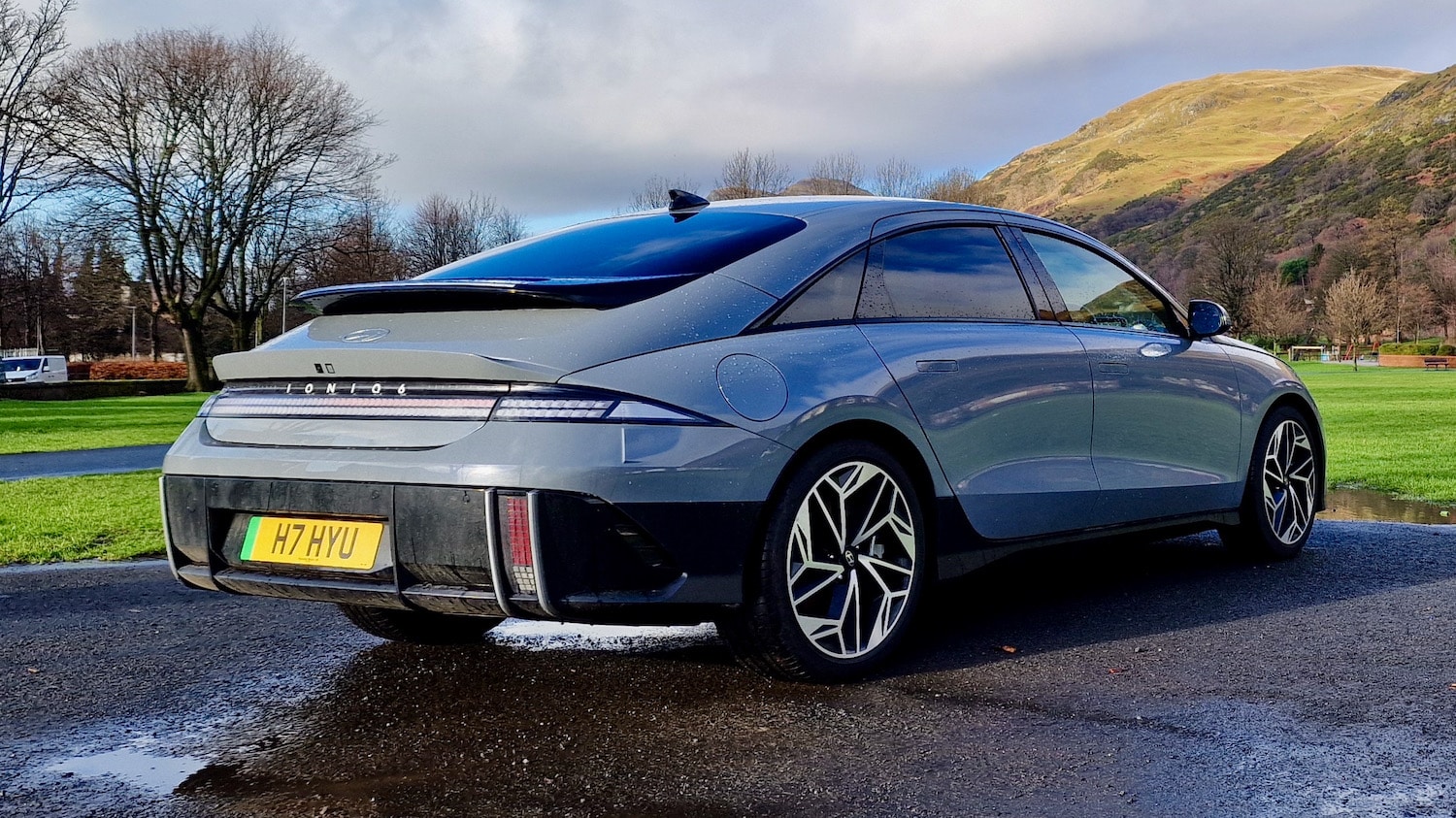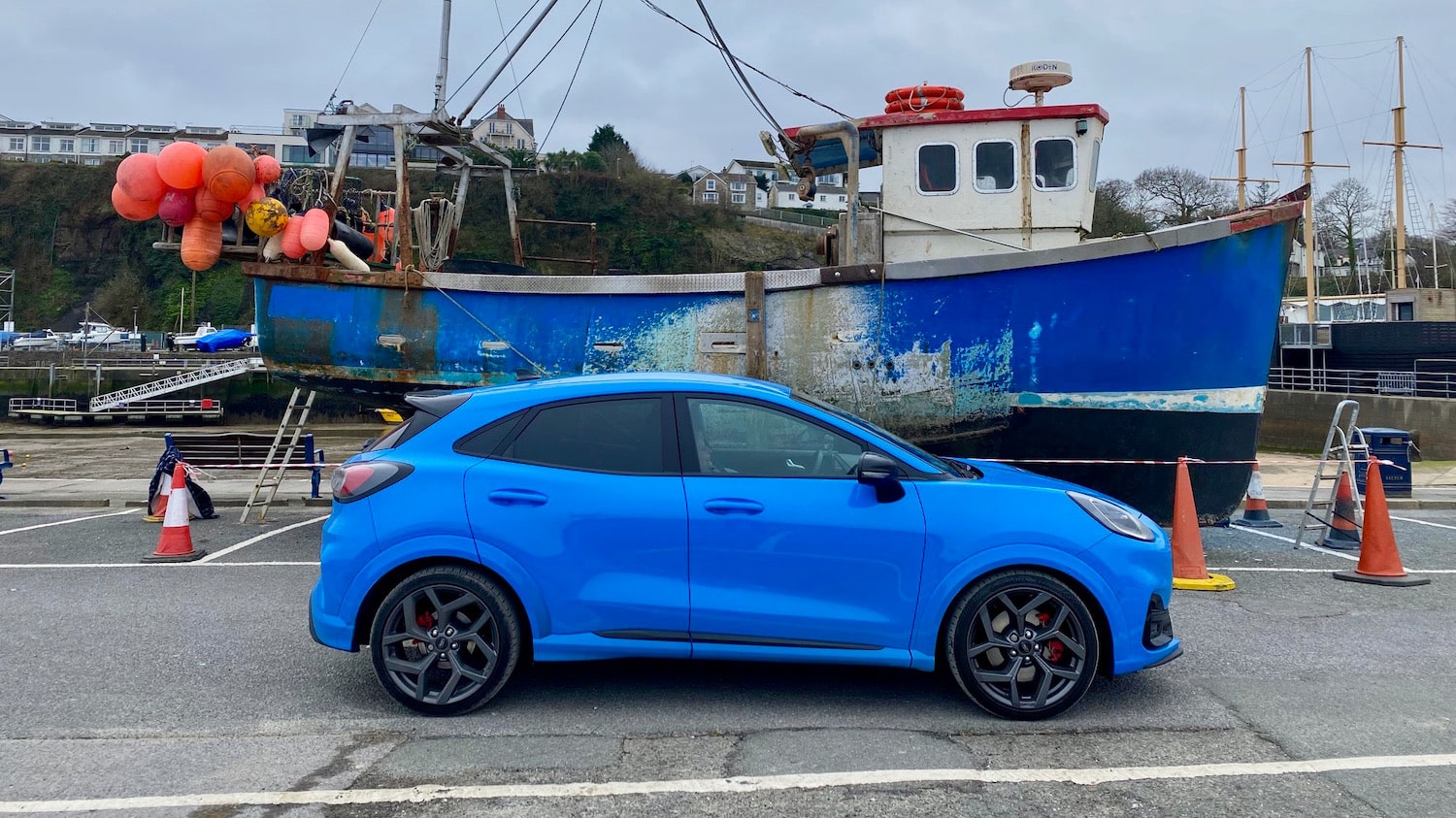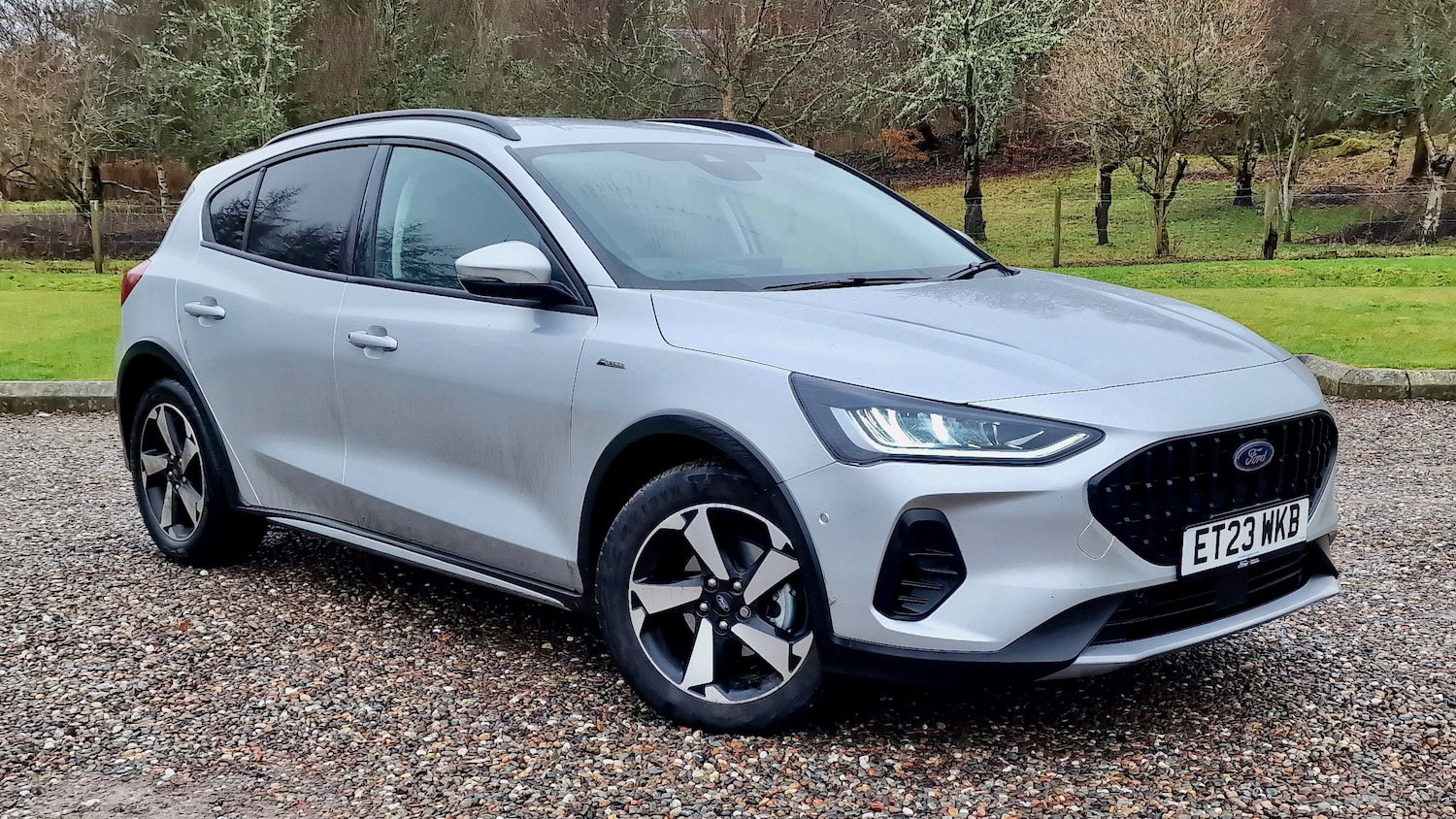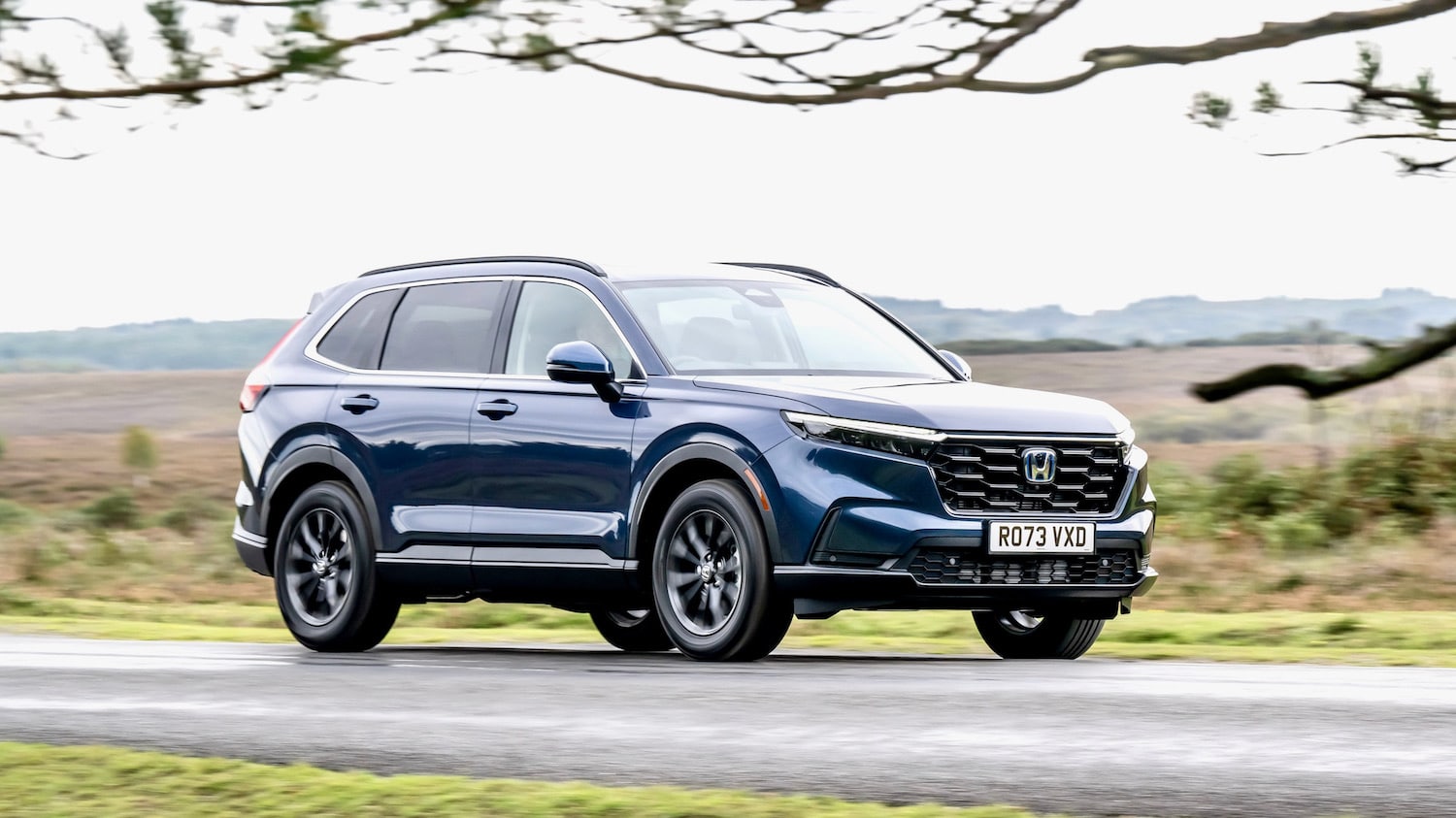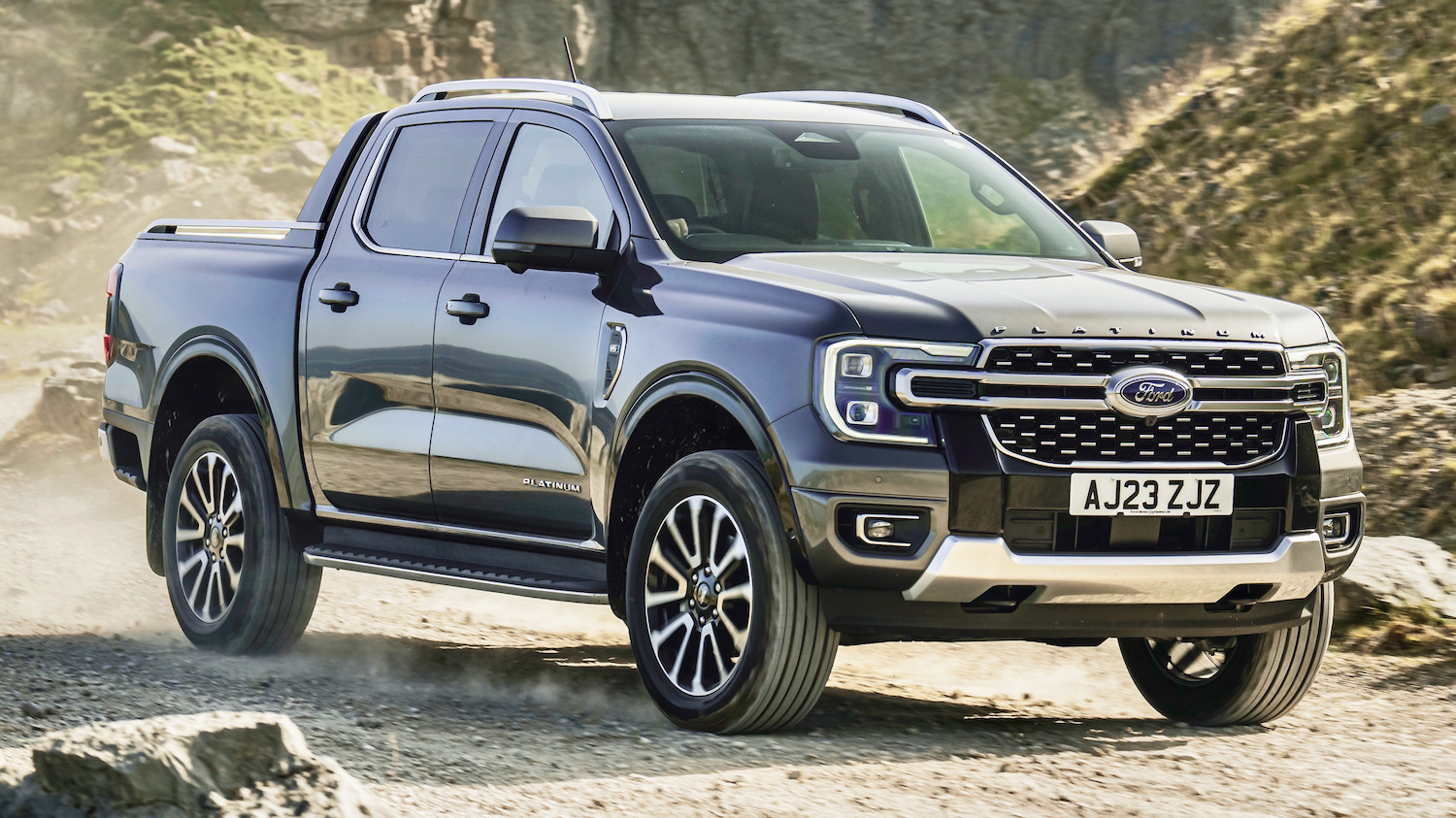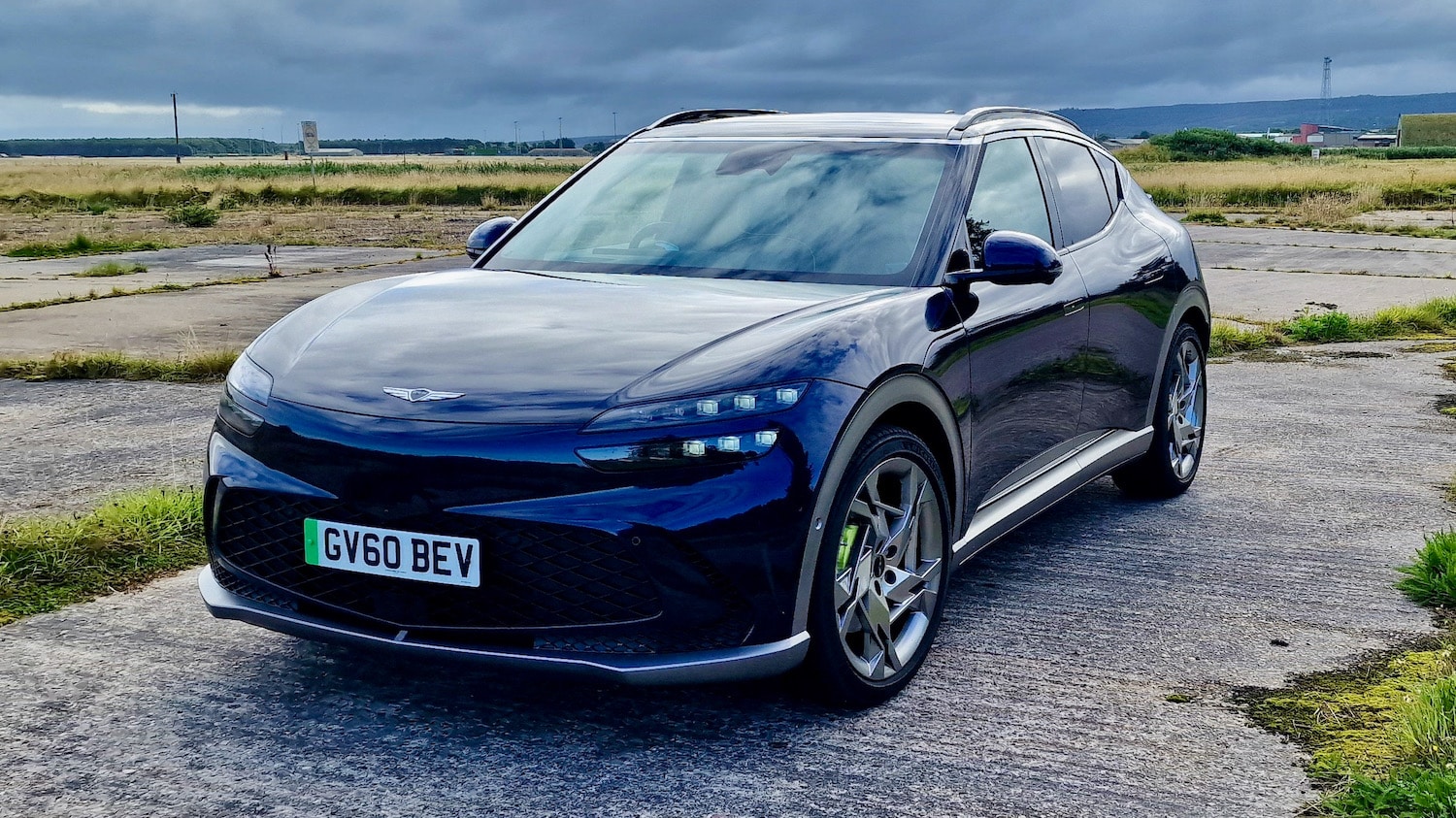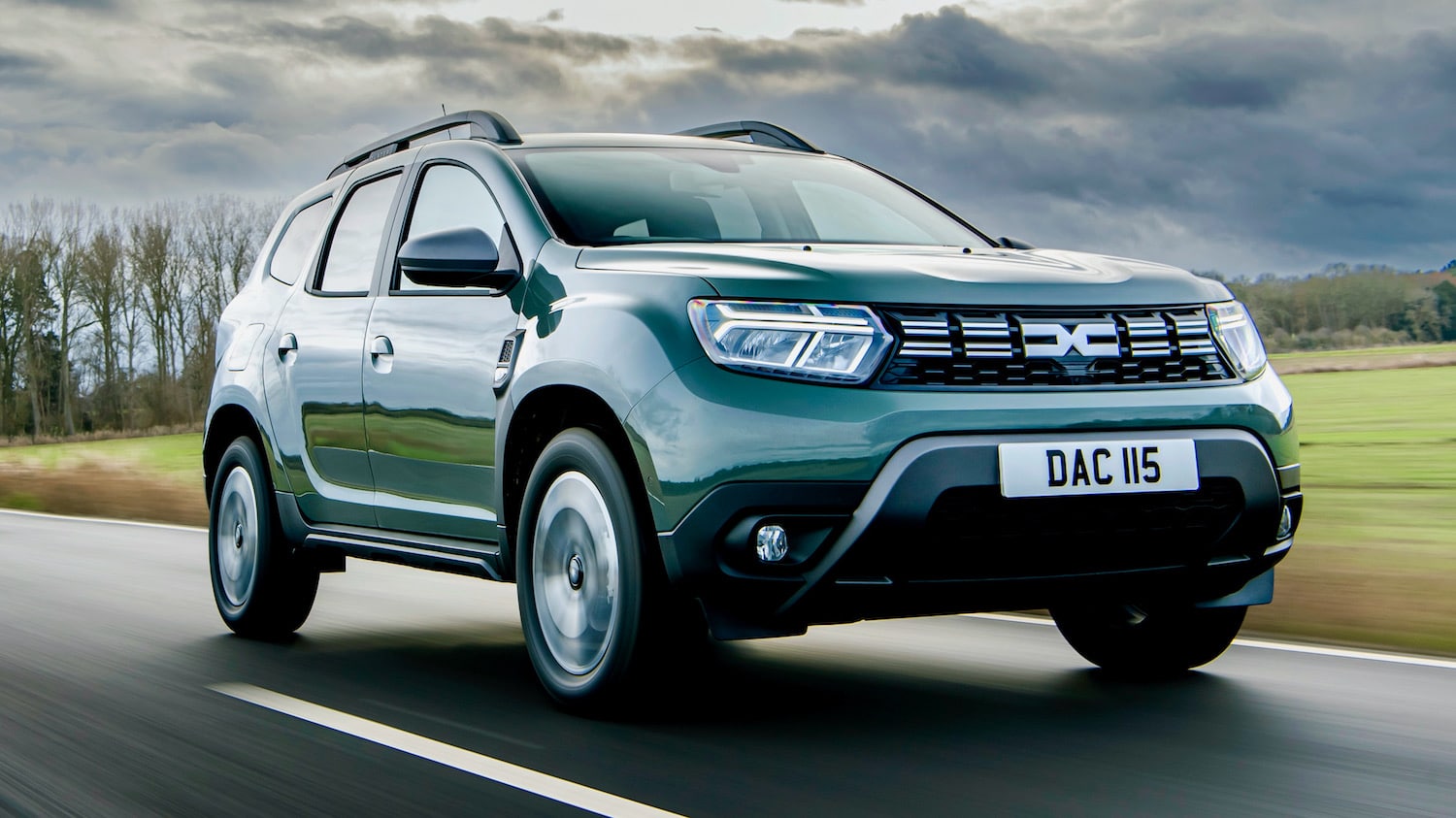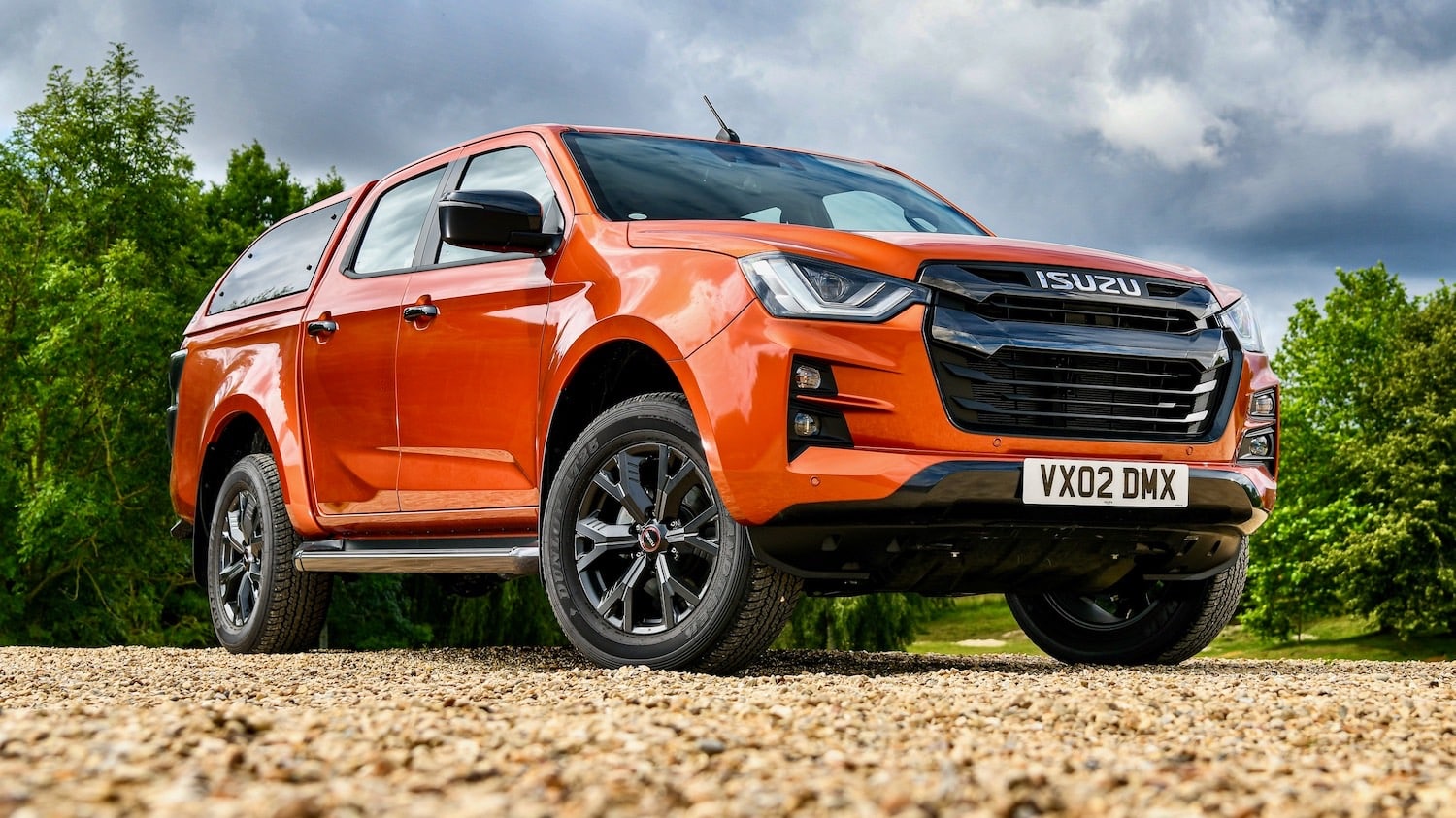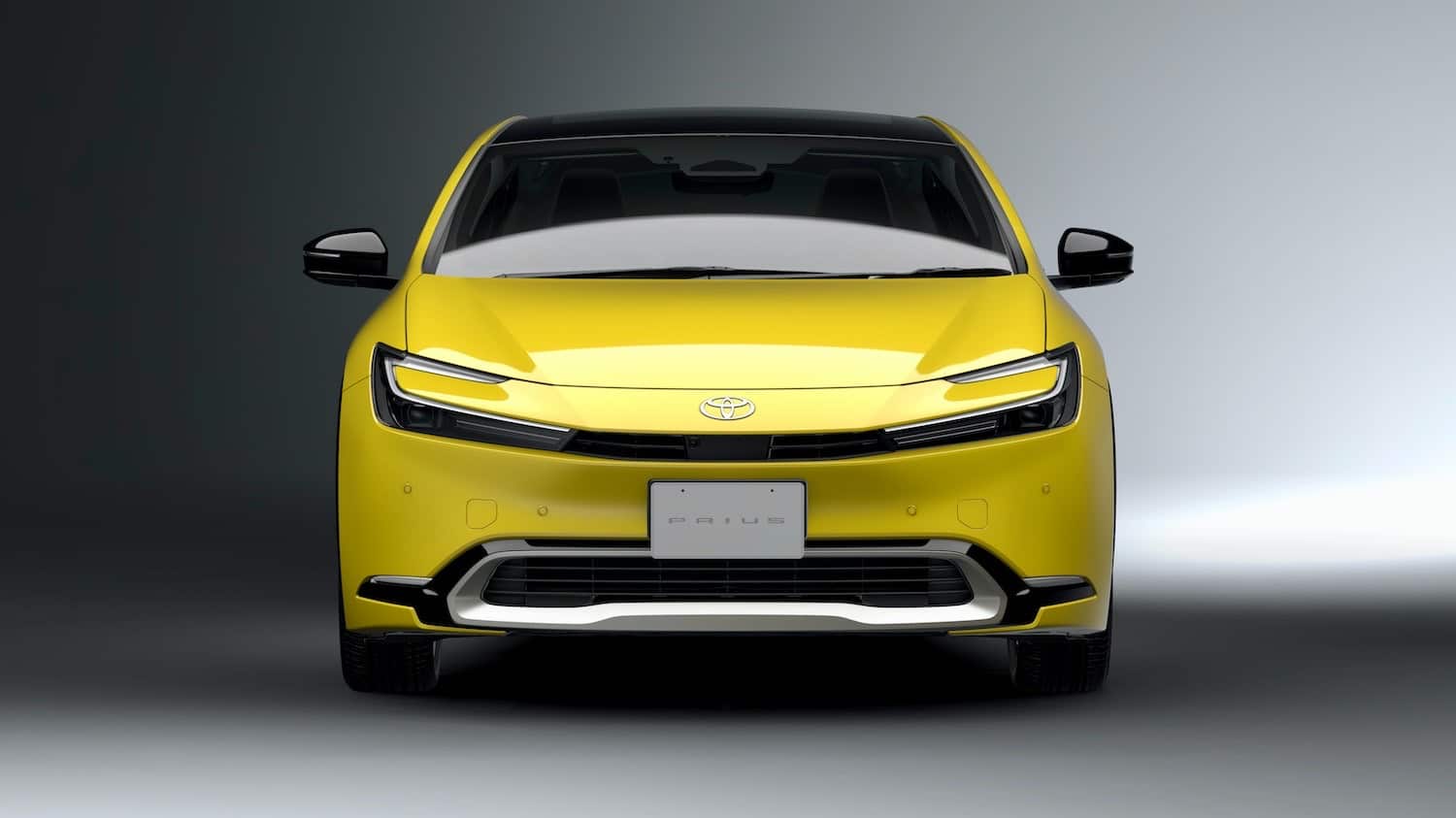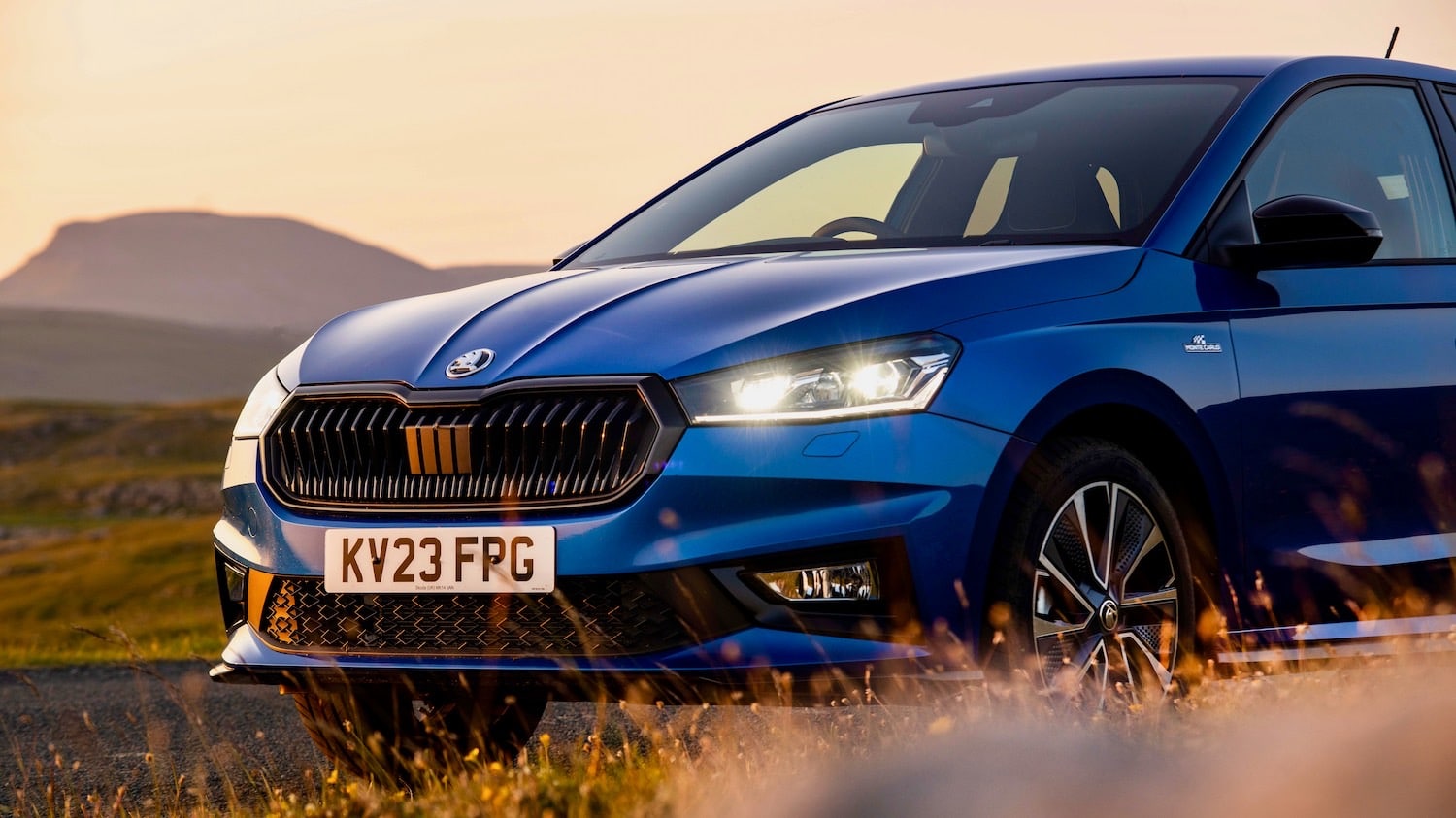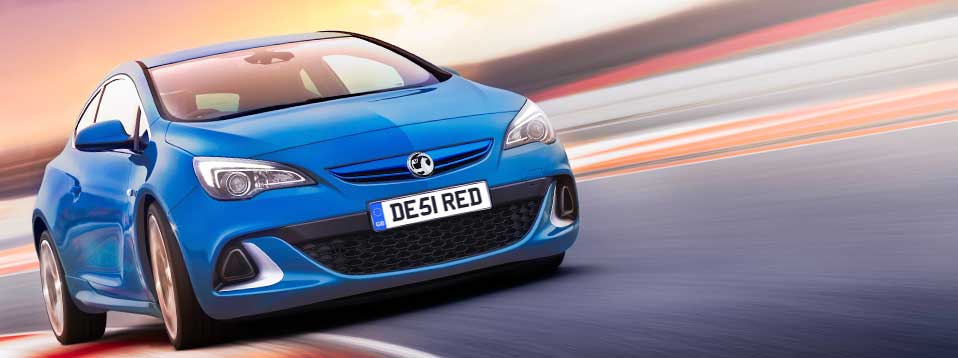Second generation VXR now promises poise to match the power
In 2004 VXR replaced GSi as the badge that high performance Vauxhalls wore. Since then VXR models have been associated with extrovert looks, plenty of power, but also a tendency to be a bit unruly with it: the bad boy division of Vauxhall if you like.
The first generation Astra VXR fell into this category. It was loud (in more ways than one) and fast, but also had a decided behavioral problem with regards to how it handled its power. A lot of show and go, but with it a lack of restraint, finesse and refinement.
DESIGN
Fast forward to 2012 and the arrival of the second–generation VXR. Like the first car it still has bad-boy looks and now packs even more punch with 276 bhp, making it the most powerful Astra ever.
Although visually more restrained than its predecessor, thanks to prettier swooping curves of the GTC coupe on which it is based, this new hothead of the range nevertheless leaves no doubt about its intentions. British designer Mark Adam’s has made the car more aggressive with purposeful lines that not only signify power and speed, but actively help to assist in the deployment of it – a key example being the large triangular intakes on the beefed up front bumper spoiler, which force-feed air into the front arches to keep the cross-drilled Brembo brakes well ventilated at all times.
If the standard car still isn’t hardcore enough for some – VXR owners aren’t typically shrinking violets – further visual enhancements can be had by fitment of the Aero Pack, which for just under £1000 adds a biplane rear spoiler, even more muscular side skirts and whopping 20-inch alloy wheels.
Although the new car uses the same 2.0 litre turbocharged engine out of the Insignia 2.0T, Vauxhall developed an all-new, more sophisticated intake system to feed as much air into the turbocharger as possible. The turbo itself has also been improved to handle more charge-air pressure, which builds from as early as 1400rpm for linear and strong acceleration. The maximum charge pressure is now 1.5 bar – 25 per cent more than in the Insignia 2.0T.
All of this translates to a claimed 0-60mph time of 5.9 seconds and a top speed of 155 mph. Yet despite the performance gains, thanks to the use of new technology including Start/Stop, economy and emissions have improved over the old model. Fuel consumption is now 14 percent less, meaning a combined 34.9 mpg, while emissions are now down to 189g/km.
[portfolio_slideshow]ON THE ROAD
Upon turning the key you’re greeted by a bassy soundtrack from the stainless steel twin exhausts, leaving you under no illusion that this car means business. The sporty theme continues through to the steering which is weighty even at manoeuvring speeds. However the rest of VXR’s controls belie the high level of performance on hand: both the clutch and gearbox are easy to operate, with only the slightest evidence of notchiness evident changing down into second.
The 2.0 litre turbocharged motor doesn’t have the low-down torque of a diesel, instead liking some revs to deliver the goods. Between 2500 and 5000 rpm is where the bulk of the power is to be found. If you stomp on the throttle and hang on to each gear, you’ll be travelling at highly illegal speeds rather more quickly than you can believe.
The jet-like propulsion is matched with a jet-like sound in the mid-to high-end rev-range, especially noticeable when you change up from third to fourth under full throttle.
Having plenty of oomph is one thing, but harnessing all that power into an accessible driving machine is quite another. The previous generation VXR’s biggest flaws were in handling and refinement. Unleashing its 237 bhp was rarely a satisfying experience, primarily due to severe torque steer – where the steering wheel tugs left or right under acceleration – and a chassis that felt stiff and wooden on anything other than a straight road.
Vauxhall assert that the new VXR is significantly better to drive than the model it replaces. This claim seems perfectly plausible given the improvements to chassis and suspension found on the rest of the Astra range. In order to improve driver involvement on the VXR, the suspension bushes and the compound crank/Watt’s link rear suspension from the less powerful GTC were also stiffened. Further VXR suspension modifications include bespoke ZF Sach dampers, 30 percent stiffer springs and a 10 millimetre lowering of ride height. Vauxhall’s clever HiPerStrut (High Performance Strut), which has been used to such good effect in the less powerful GTC, has now been adapted for the Astra VXR. The system reduces front wheel camber changes during cornering, enhancing steering feel and filtering out unnecessary torque-steer under hard acceleration. Well that’s the theory anyway, what about in practice?
No matter how clever the front suspension set-up, 276 bhp is a lot of power to feed through the front wheels. So perhaps it’s no surprise to learn that hard acceleration on a wet road causes the wheels to spin as the car searches for grip, before order is restored by the traction control system. We also found the VXR still had a slight tendency to wiggle the steering wheel under full straight line acceleration, although compared to the old car it’s very mild and doesn’t hamper steering control.
As far as handling goes the new car is a much more capable performer. Fast cornering can be relished thanks to huge amounts of grip and minimal body roll courtesy of the well sorted chassis and the fitment of a mechanical limited slip differential, which gives enhanced traction on-throttle when it’s needed, and reduced lock-up off-throttle
when it’s not.
It goes without saying that stopping is just as important as accelerating and reassuringly the VXR doesn’t disappoint. Bespoke cross-drilled and ventilated Brembo discs cease forward momentum with reassuring rigor.
Despite the huge wheels VXR’s ride is also very good and thanks to the adjustability on offer from the FlexRide adaptive damping system, can be largely tailored to suit. Three settings are available. Standard offers the best judged compromise for general road use, with Sport stiffening the dampers for reduced roll and tighter body control. The third remaining setting is VXR – FlexRide’s most extreme mode. Not only does it enhance throttle responsiveness and change the instrument backlighting from white to red, but it alters the dampers settings once again. Although this mode undoubtedly further increases the car’s handling limits – along with an overall feeling of increased potency – we found it overly firm on anything other than ultra smooth road surfaces. In the real world standard offers the best judged compromise, serving up a ride which is supple enough to be comfortable while still remaining taught enough to enjoy spirited driving.
VXR’s ESP (stability control) system helps to keep over enthusiasm in check, but rather than being either on or off, instead comes with different settings for different scenarios. Default mode provides optimum safety for everyday road conditions. It kept our car in check during very wet conditions yet never felt intrusive. ‘Competitive’ mode raises the threshold at which the automatic systems intervene, though when it senses a dangerous situation it will stabilise the car via the braking system. Finally, in ‘ESP-off’ mode, activated by pressing the button down for five seconds, the ESP system can be completely deactivated.
If there’s one criticism it is the steering. It’s accurate, make no mistake, but you don’t get the subtle feedback and feel that you would in a sports car, for example.
As far as refinement goes, the VXR does make more noise than any other Astra – this is to be expected from such a sporty model. The engine is always audible: in a burbly throaty way at low revs, a purposeful roar throughout the midrange and then at the top end of the rev band a distinctive jet-like whistle can be heard from the exhaust – so all in all the VXR offers up a real medley of sonic delights. Other unwanted noises are fairly well suppressed: there’s not much wind noise for example – although more road roar is apparent than with other Astras – no doubt due to the VXR’s extra wide tyres.
IN THE CABIN
It’s safe to say that the interior of Vauxhall’s hottest Astra is rather less dramatic than the exterior. This is no bad thing as the standard Astra and GTC models have a well proportioned cabin with well laid out dash and quality switchgear. Features unique to the VXR include various bits of trim emblazoned with the VXR logo. These include the gear knob, square-bottomed steering wheel and big leather bucket seats. These are comfortable and, thanks to the wide bolster wings, supportive – although they do make reaching for the seatbelts rather awkward, unless they’re kept on the seats’ rather cheap looking plastic hooks.
In our car the combination of charcoal grey Alcantara headlining and black leather trim made the interior feel rather closed-in, but the interior actually offers a good amount of space. Coupe curves somehow fail to impinge on both leg and headroom, with even six-footers being well catered for. Luggage compartment and storage areas are also generous, with a 380 litre ‘seats-up’ boot capacity exceeding that of both Volkswagen Scirocco and Renault Meganne coupe, by 68 and 36 litres respectively.
What is poor is rear visibility: over-the-shoulder-vision being quite badly obstructed by thick rear three-quarter pillars, with the only useable view available through the letterbox rear window. Our £195 optional rear parking sensors were certainly appreciated when manoeuvring.
VERDICT
Vauxhall pulled out all the stops with its most powerful Astra, and it shows. True to the breed the new VXR is loud and proud; but without the unruliness and harshness of its predecessor. Instead it manages to blend exhilarating performance with practicality, refinement and everyday usability.
Only a rather high list price of £26,995 and slightly uninvolving steering mar an otherwise exceptional hot-hatch package.
Key specs
* Vauxhall Astra VXR
* Price: £26,995
* Engine: 2.0-litre 4cyl turbo petrol
* Power: 276bhp at 5500rpm
* Torque295lb ft at 2450-5000rpm
* Transmission: Six-speed manual, front-wheel drive
* 0-62/top speed: 5.9 seconds/154mph
* Economy/CO2: 34.9mpg/189g/km
* Equipment: Air-con, 19-inch alloys, sports seats, DAB, electric windows, FlexRide suspension
* On sale: Now
Review by Philip Shoulder for Drive.co.uk
Read More Vauxhall Articles at Drive.co.uk/Vauxhall
No items found, please search again.
